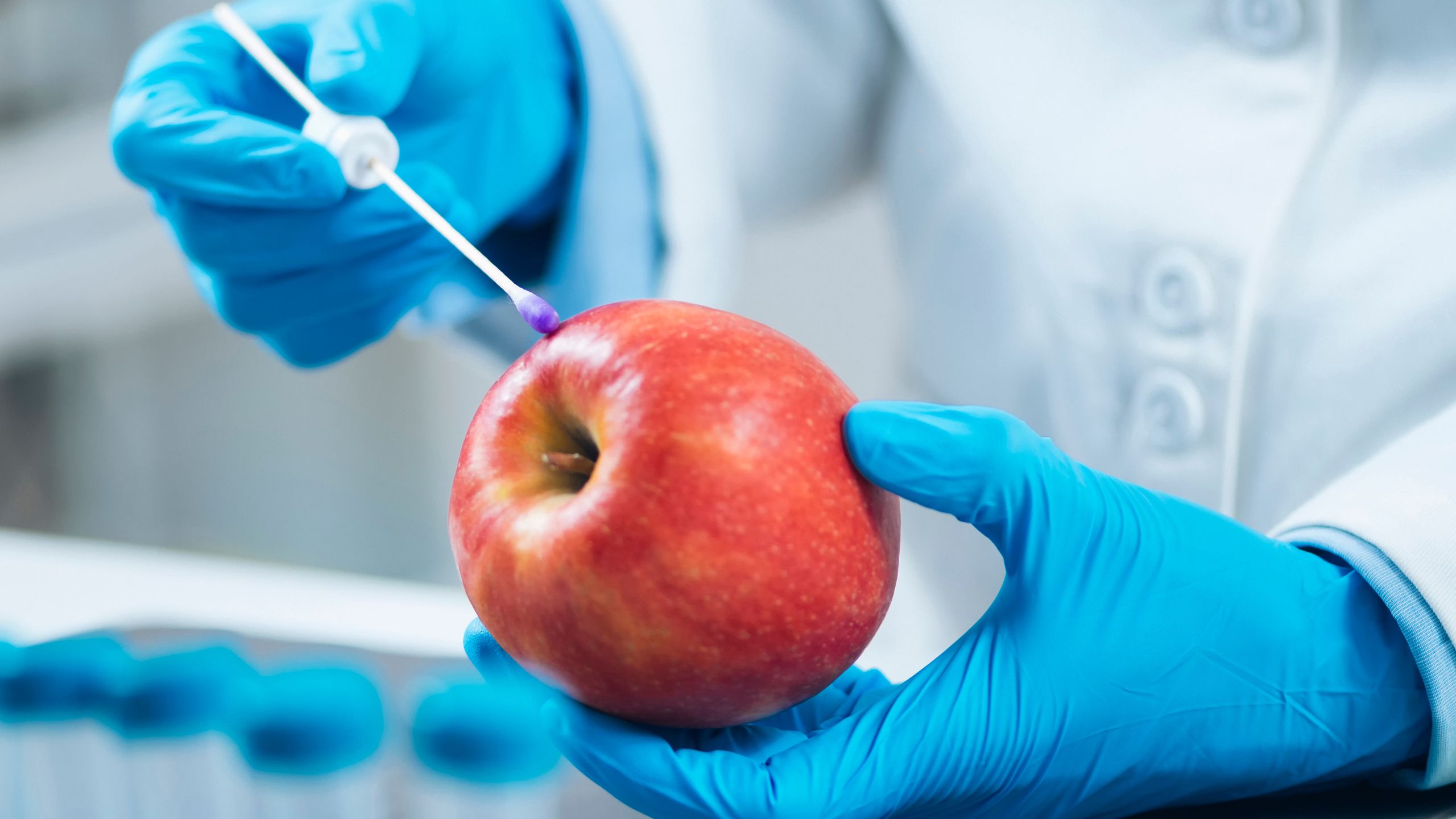Why SQF and FDA Compliance Work Best Together
The Safe Quality Food (SQF) Program and the U.S. Food and Drug Administration (FDA) share a common goal: protecting public health through robust food safety systems. While the FDA provides the legal and regulatory framework for food production and distribution in the United States, SQF offers a structured, certifiable system that operationalizes many of those requirements—and often goes further.
Rather than competing priorities, SQF along with FDA requirements are mutually reinforcing. In fact, facilities that implement the SQF Code effectively are typically better prepared for FDA inspections, FSMA compliance, and supply chain scrutiny.
How SQF Complements FDA Regulations
SQF certification is voluntary, but it aligns closely with key pillars of FDA oversight. Here’s how:
- Preventive Controls: SQF’s Food Safety Code is built on a HACCP-based system, which mirrors the FDA’s Preventive Controls for Human Food (PCHF) under FSMA. SQF requires hazard identification, validation, monitoring, and corrective action—all core to PCQI-led compliance.
- Traceability: SQF’s expectations around ingredient and finished product traceability directly support FDA’s evolving traceability requirements, including FSMA Section 204.
- Food Defense: SQF mandates vulnerability assessments and mitigation strategies that mirror the FDA’s Intentional Adulteration Rule.
- Foreign Supplier Verification: SQF’s supplier approval, monitoring, and documentation protocols support compliance with FSVP, especially when dealing with international sourcing.
- Sanitation & GMPs: SQF reinforces FDA Current Good Manufacturing Practices (CGMPs) by requiring documented cleaning procedures, environmental monitoring, and personnel hygiene standards.
SQF as a Readiness Framework for FDA Audits
Facilities certified to SQF are typically better organized for FDA audits because:
- They maintain documented procedures and records that demonstrate system functionality
- They regularly test their traceability, recall, and food defense programs
- Their quality and food safety teams are trained to respond with clarity and evidence
- They integrate ongoing internal audits, management reviews, and corrective action tracking
Example: A facility with SQF certification and well-documented sanitation verification protocols may respond faster and more effectively to an FDA 483 observation or a preventive controls inspection.
Areas Where SQF May Go Further Than FDA
While FDA regulations establish a floor for compliance, SQF pushes facilities toward continuous improvement and international standards such as those recognized by GFSI (Global Food Safety Initiative). For example:
- SQF’s Quality Code emphasizes defect prevention, consistency, and efficiency—not just safety
- The SQF system requires management commitment and food safety culture development, which are not explicitly enforced under FSMA but strongly encouraged
- SQF audits occur on a routine schedule, regardless of regulatory triggers, promoting a state of continuous readiness
Pro Tip: Use your SQF program to identify and address issues that could become FDA violations. Your SQF internal audit findings are a blueprint for regulatory preparedness.
How Registrar Corp Bridges the Gap
At Registrar Corp, we support facilities in leveraging SQF certification as a strategic advantage for FDA compliance. Our services help:
- Align SQF programs with FSMA mandates (e.g., Preventive Controls, Food Defense, FSVP)
- Train teams to understand both audit protocols and regulatory expectations
- Build documentation systems that serve both certification and legal compliance
Whether you’re preparing for an SQF audit, an FDA inspection, or both, we ensure your systems are not only aligned—but adaptable to evolving expectations.
Final Takeaway: One System, Two Objectives
SQF along with FDA compliance don’t exist in separate silos. Together, they form a dual-purpose food safety and quality management system that satisfies regulatory obligations while unlocking global market access.
Facilities that understand and embrace this alignment will be better prepared, more competitive, and less vulnerable to disruption—regardless of whether the next visit comes from a certifying body or a federal inspector.








